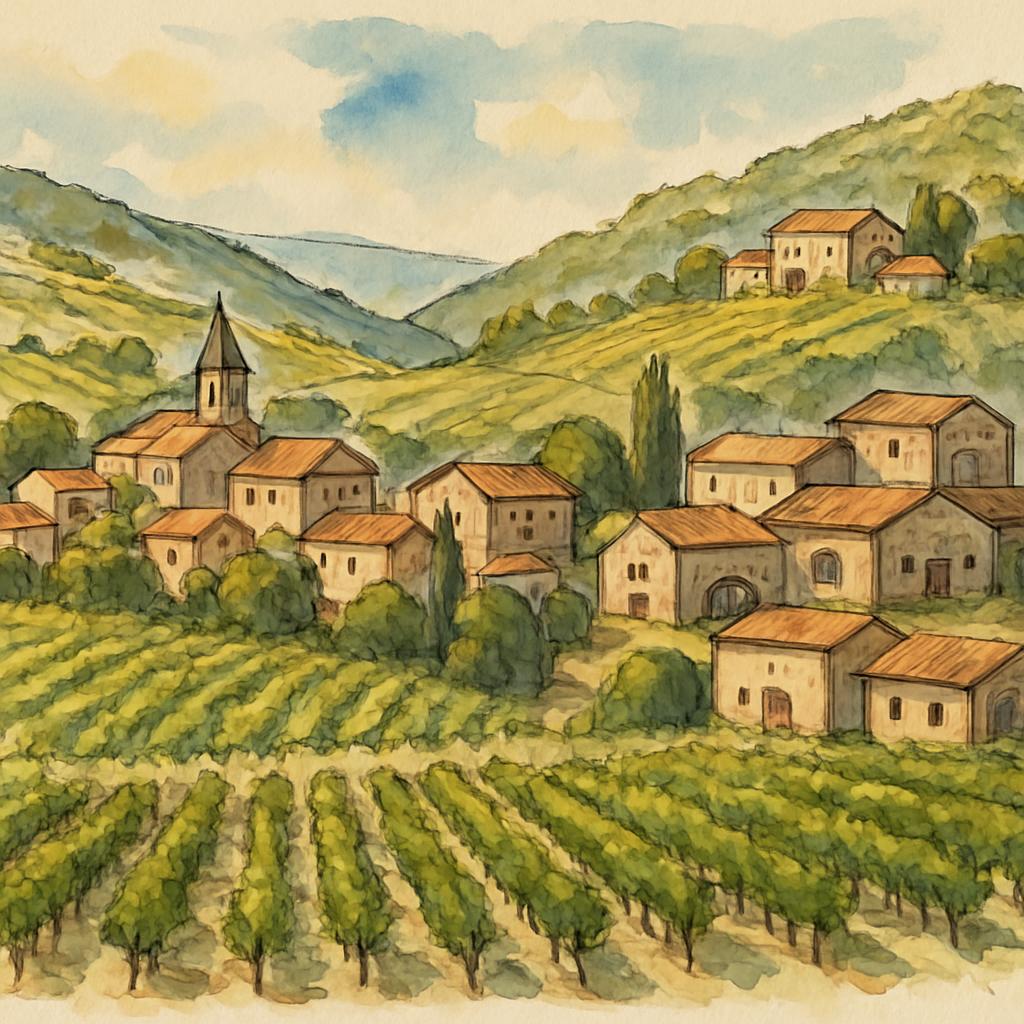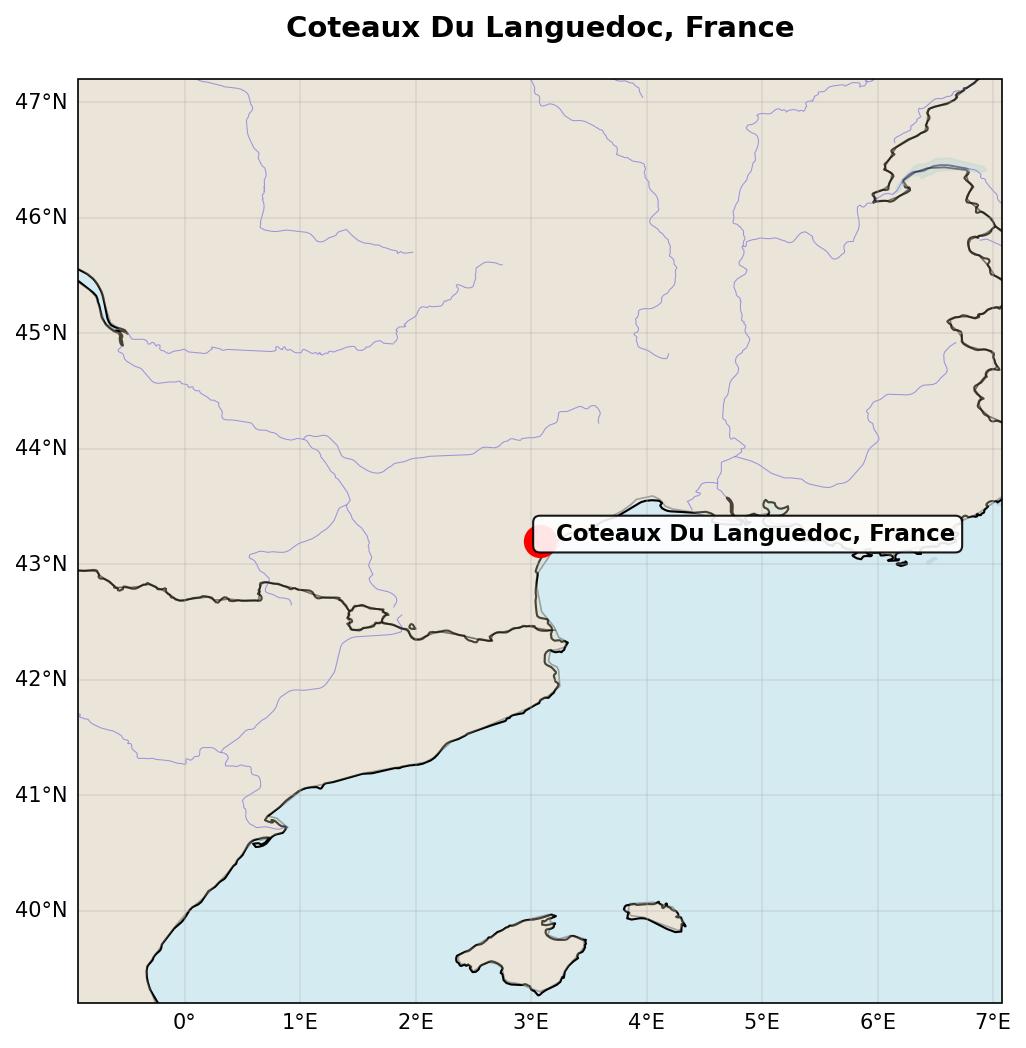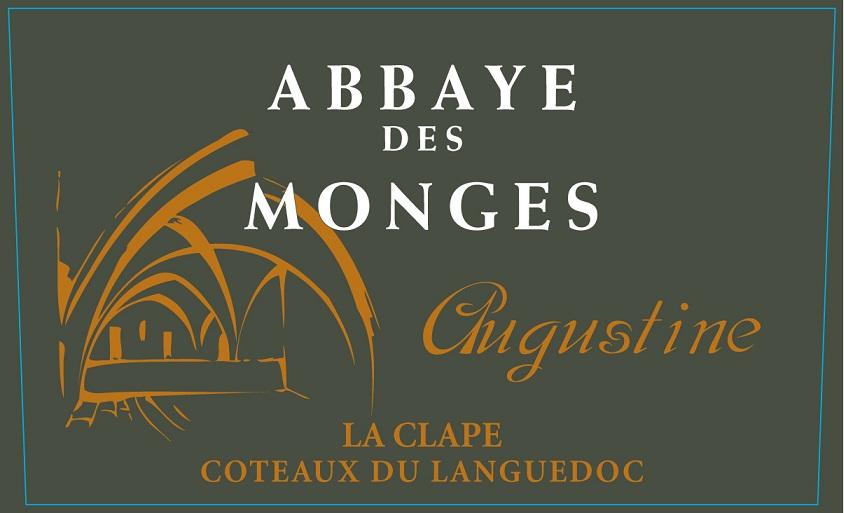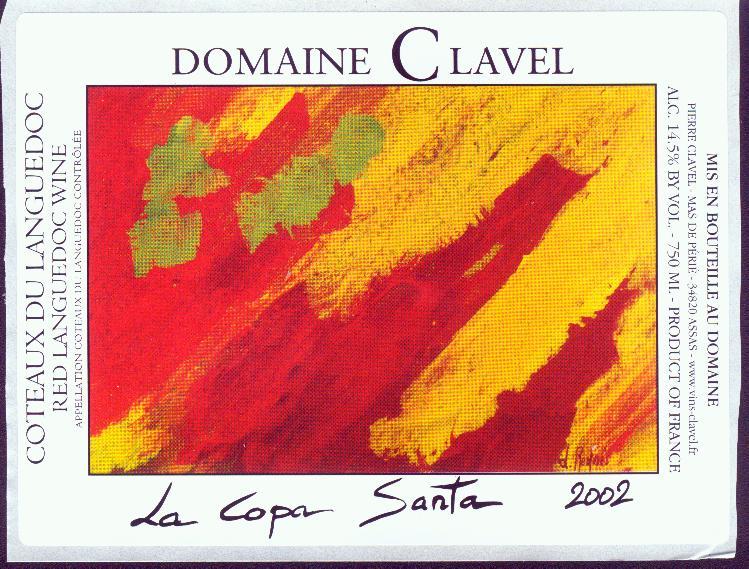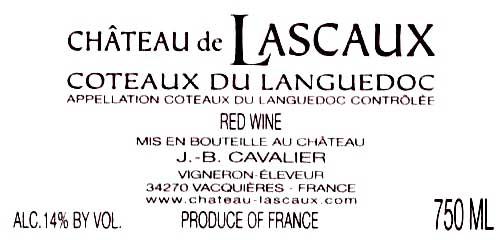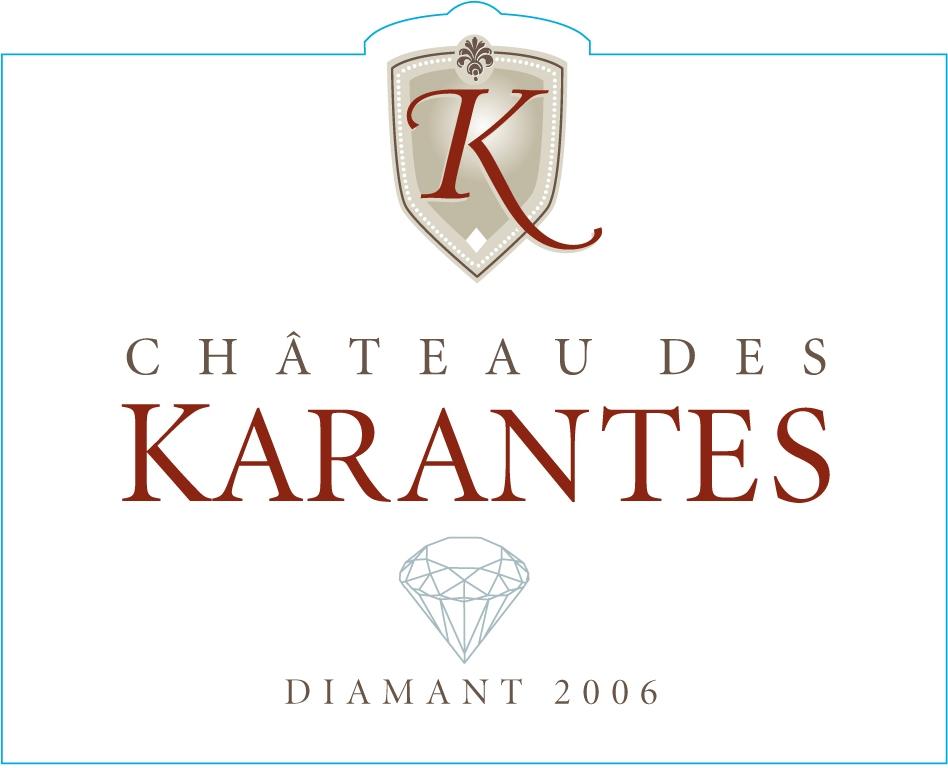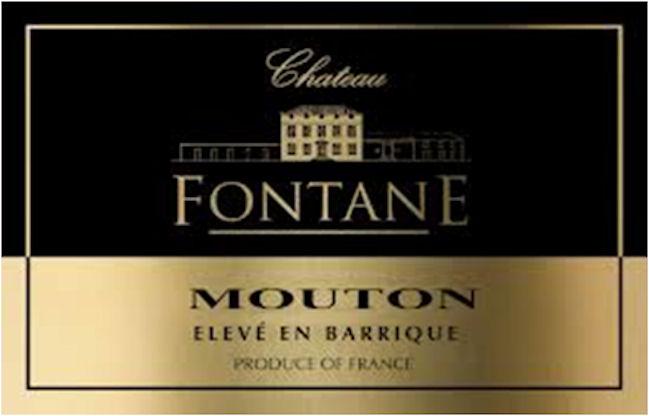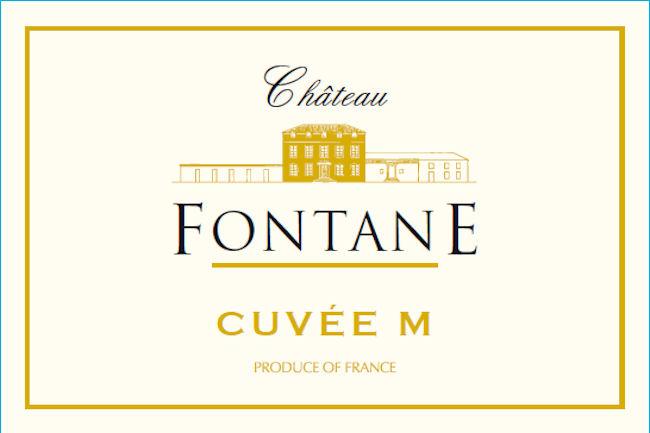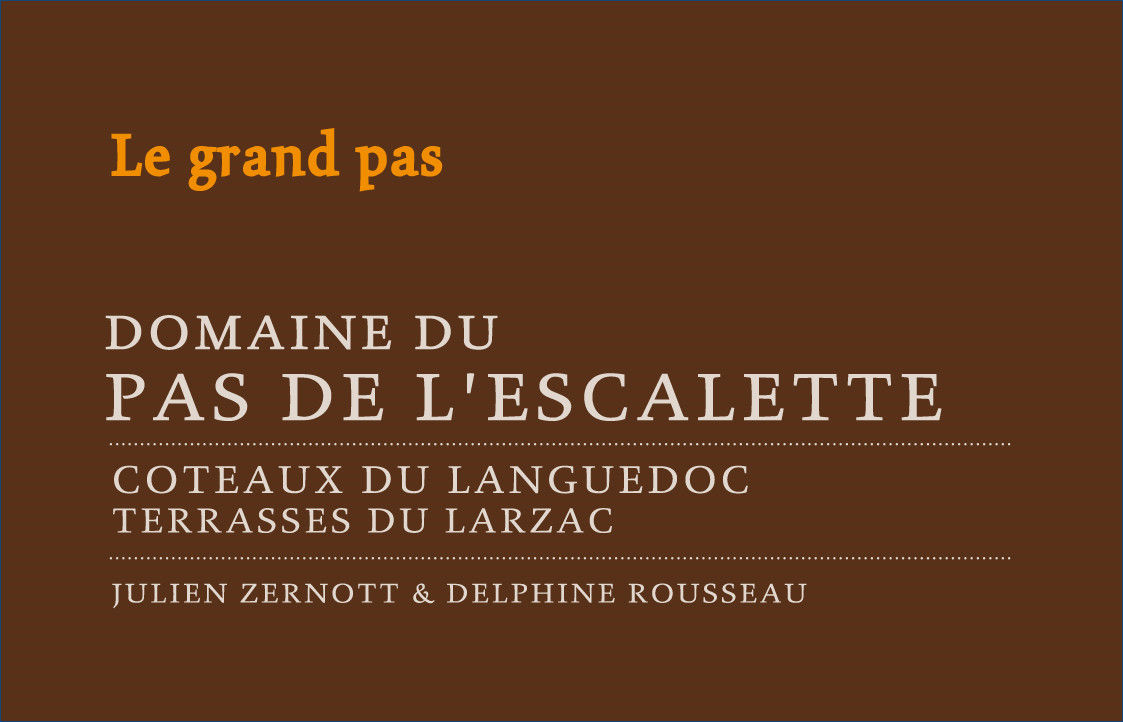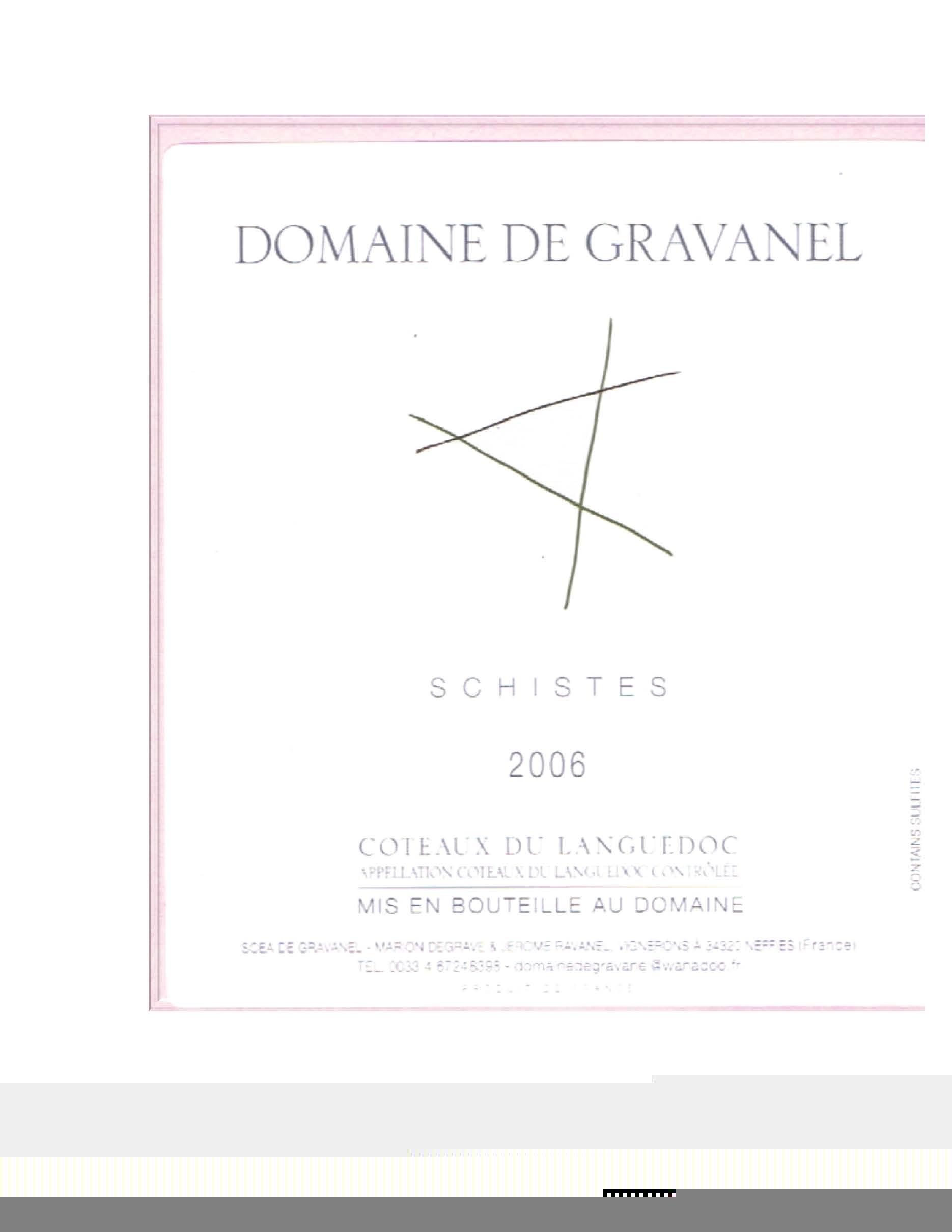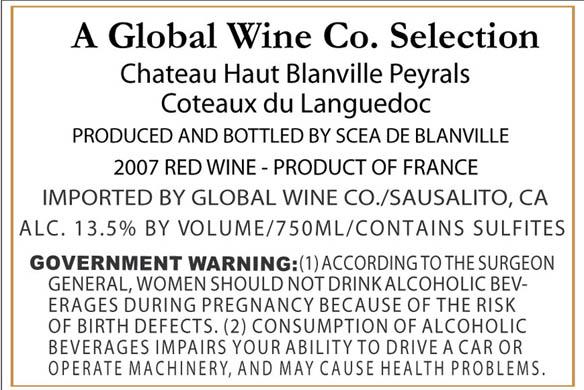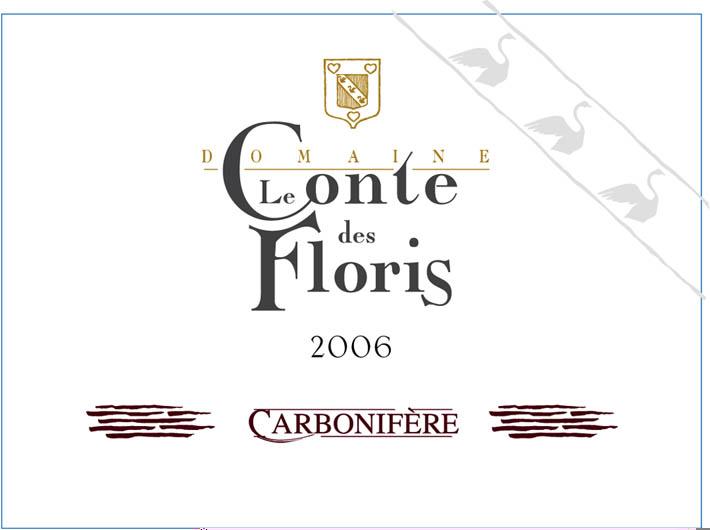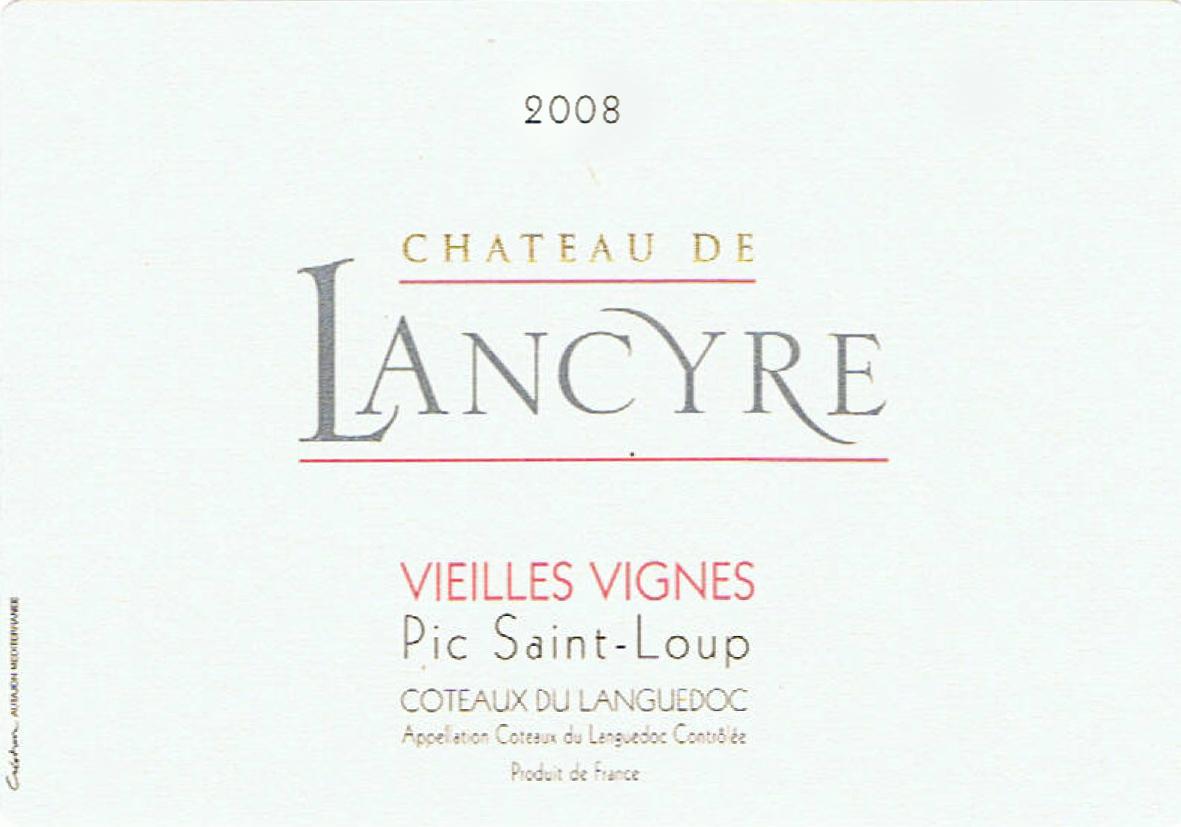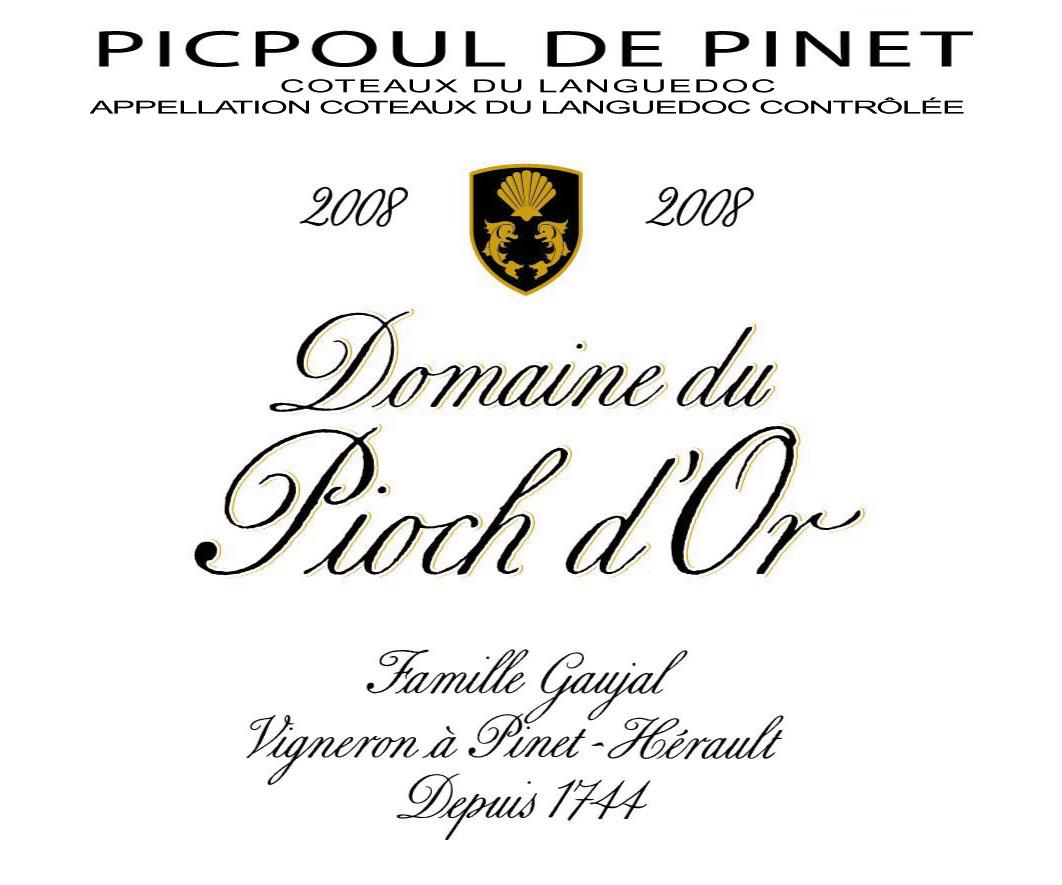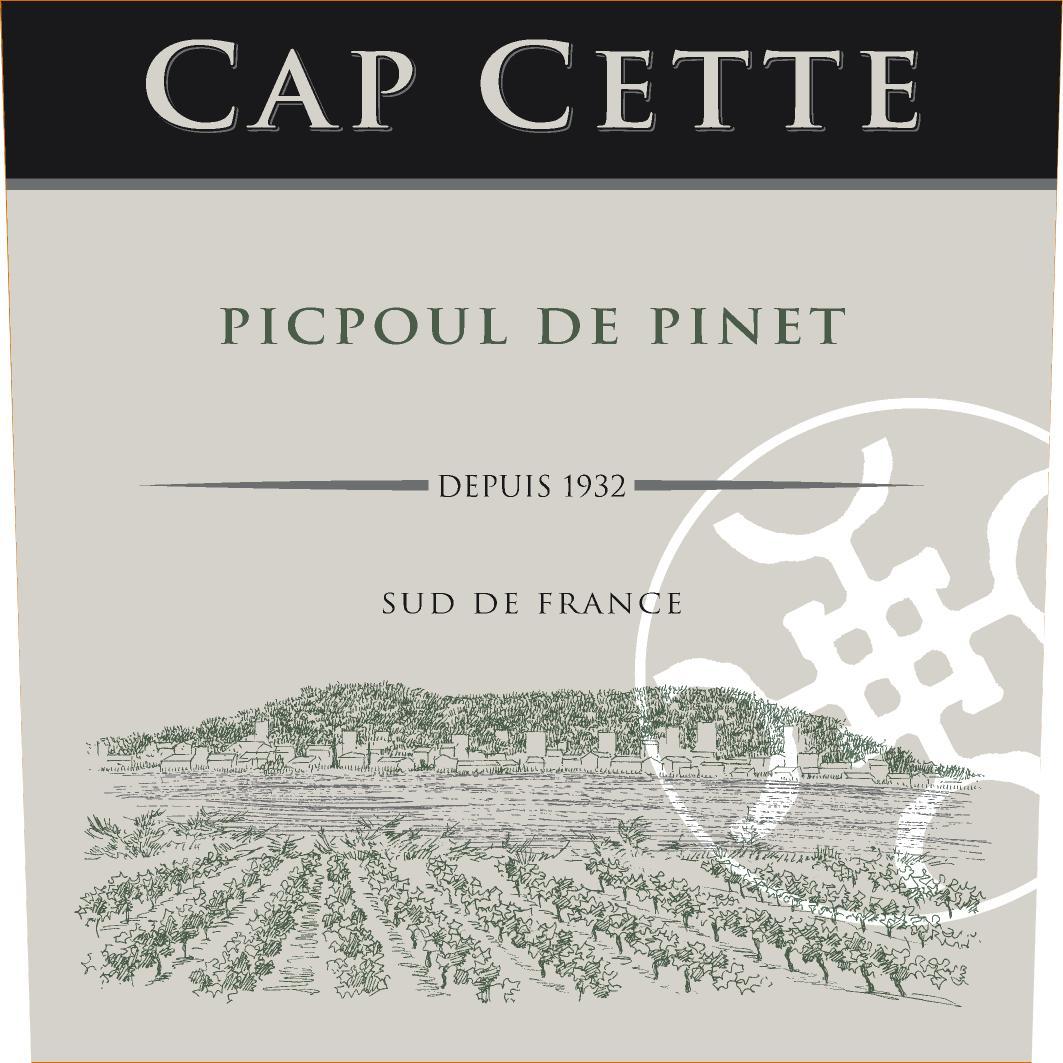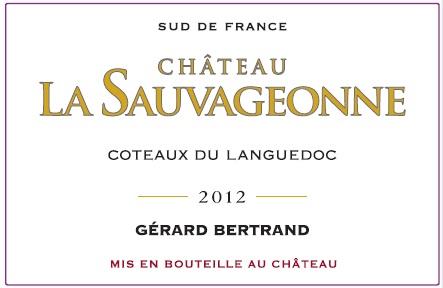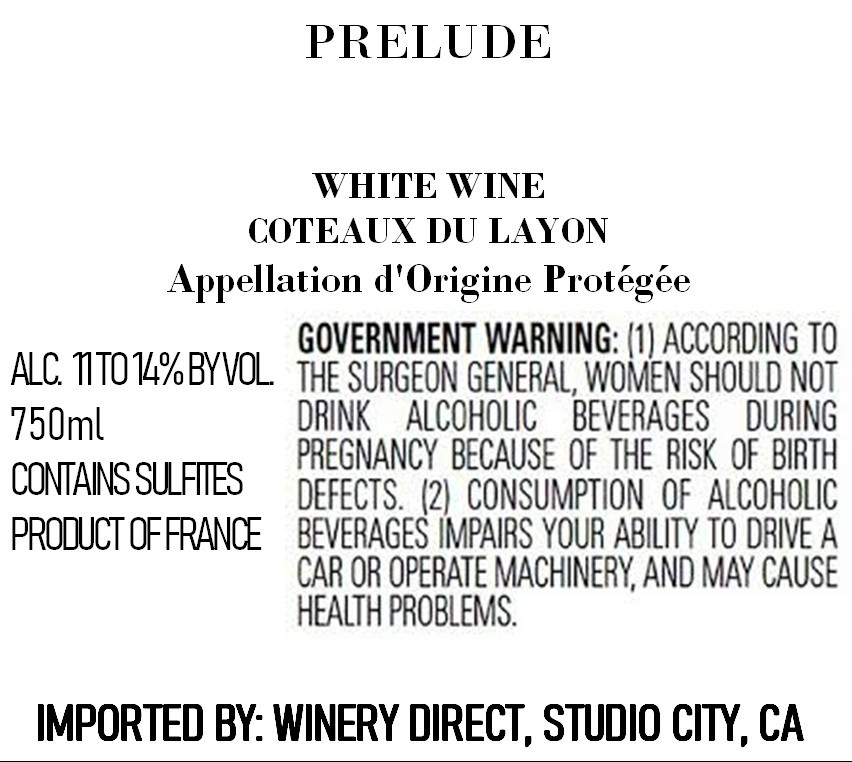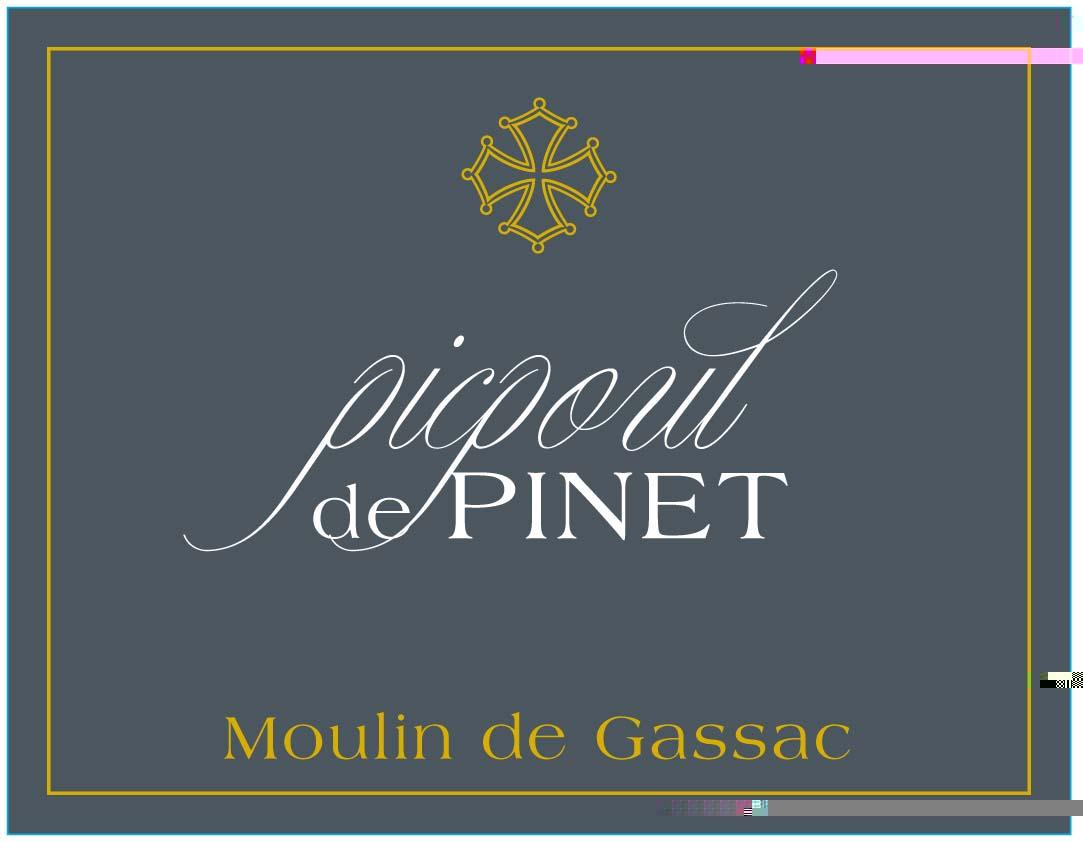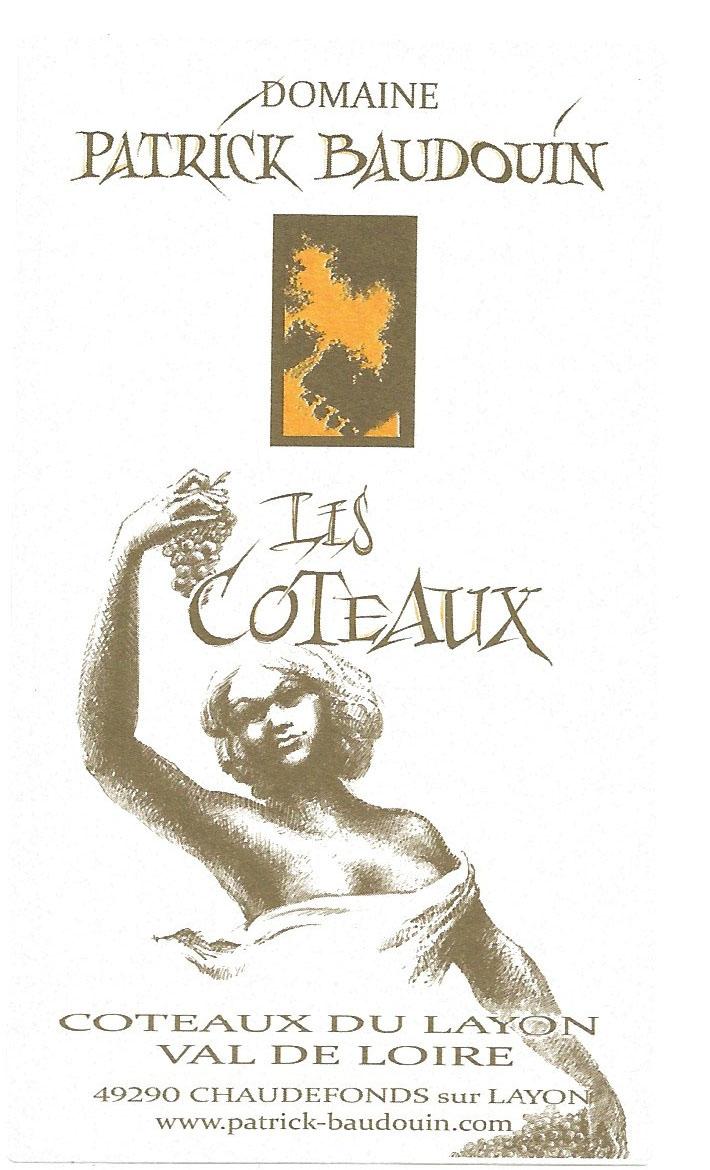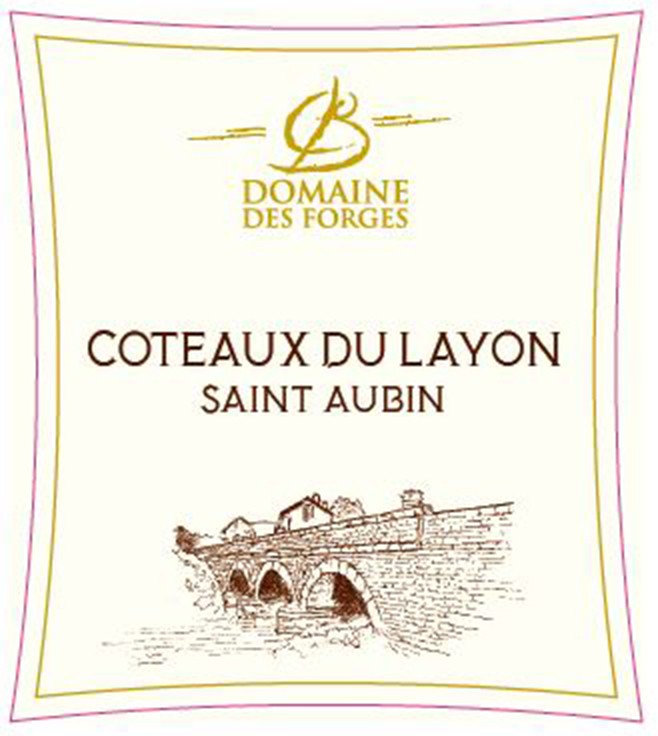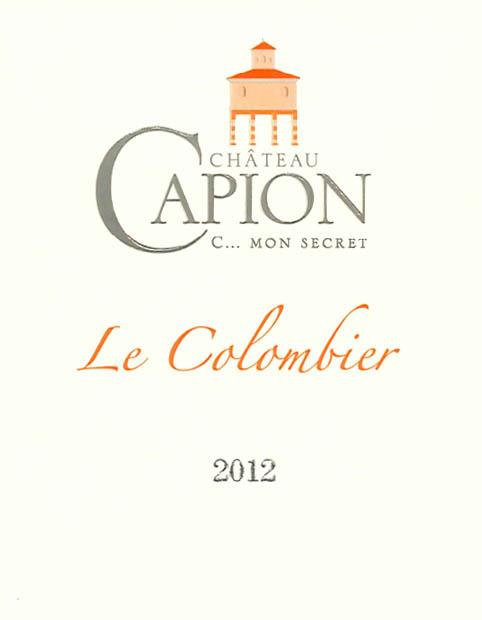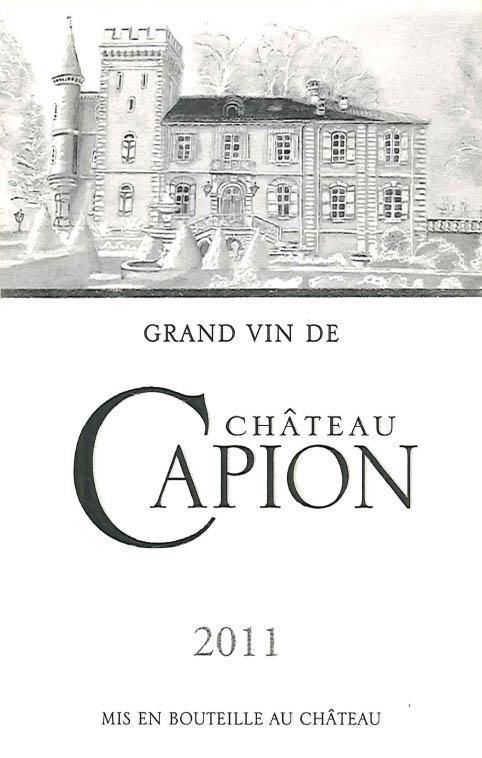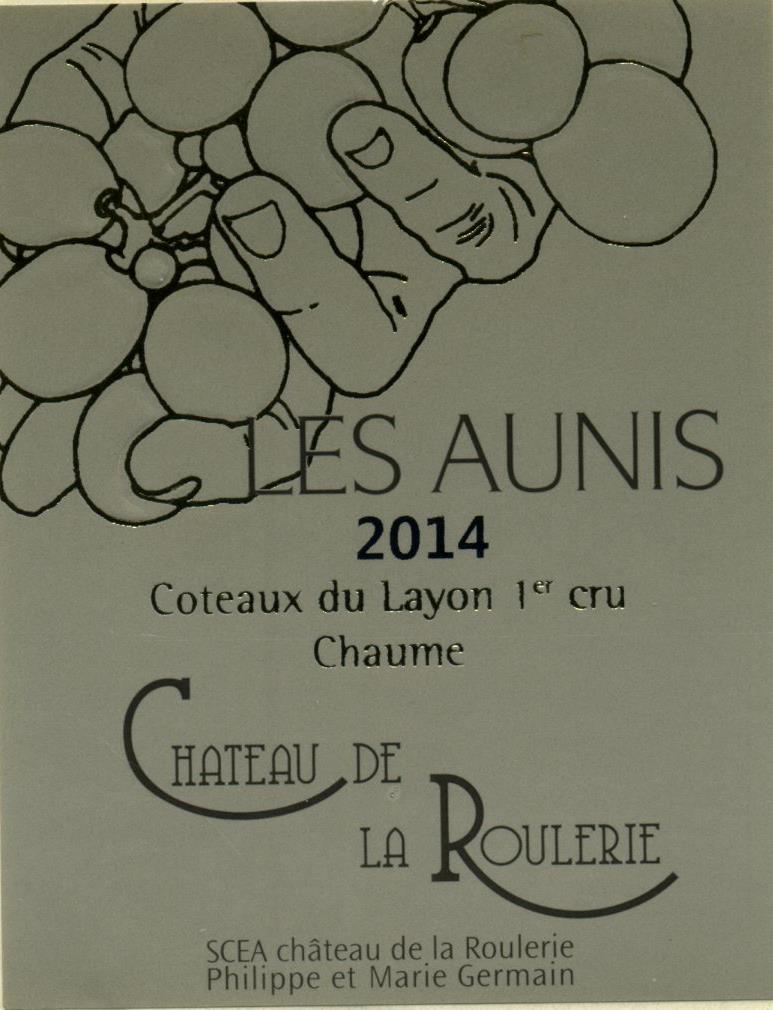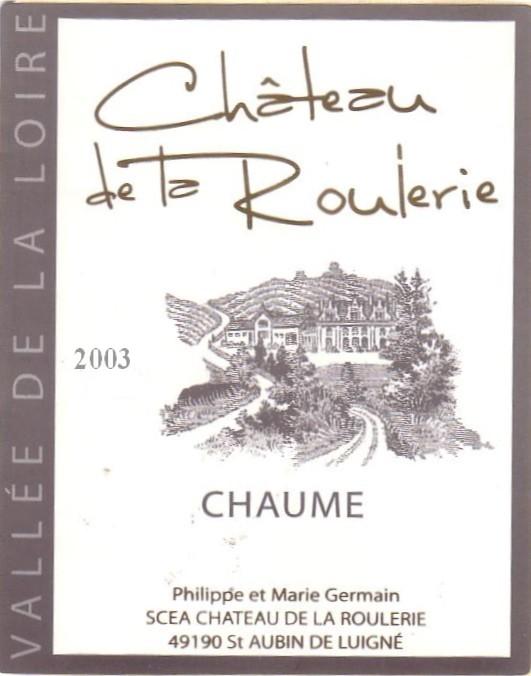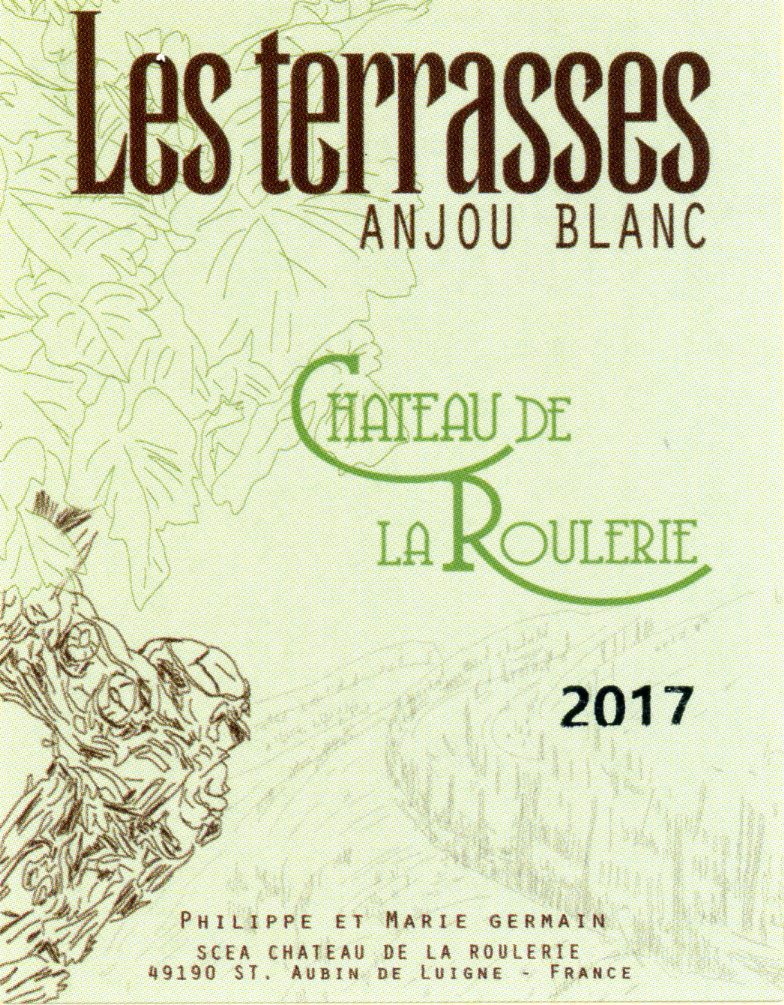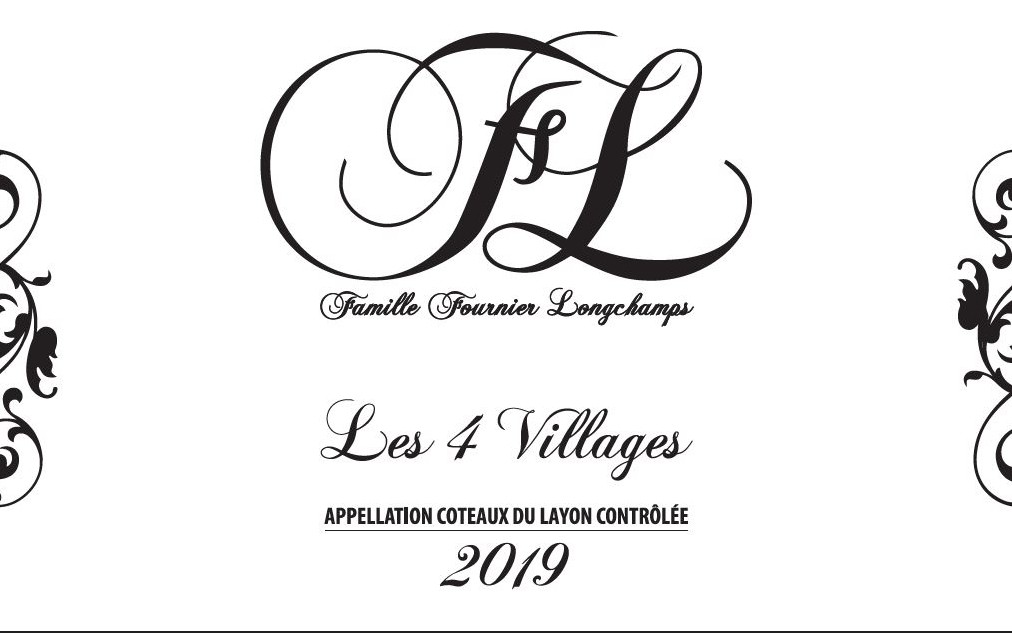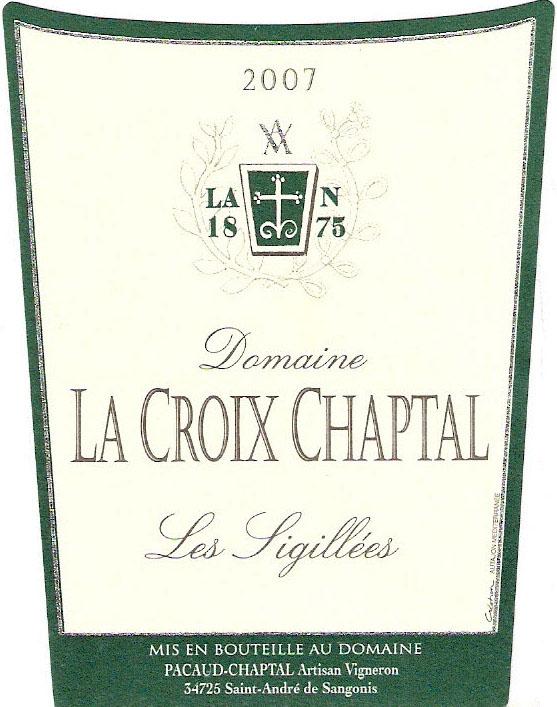Terroir of Coteaux du Languedoc
The region enjoys a classic Mediterranean climate, characterized by long, hot, dry summers and mild winters, fostering ideal conditions for robust red varieties like Grenache and Syrah. Cooling influences come from the Tramontane winds and occasional sea breezes, helping maintain acidity and freshness in the wines. Low rainfall encourages deep root growth and clever water management, crucial for vineyard health.
The varied terroir includes limestone-clay, red clay, and sandstone, contributing to diverse wine profiles. Schist and quartzite in the northwest lend mineral complexity. Gravelly alluvium in the plains adds a unique character. Vineyards are often surrounded by fragrant garrigue scrub, imparting herbal nuances to the wines. Together, these elements foster ripe, sun-drenched flavors with refreshing acidity, hallmark traits of the region's celebrated wines.
Notable Wineries in Coteaux du Languedoc
The Languedoc region, with its rich tapestry of terroirs and climate, is home to a wide array of producers working within the former Coteaux du Languedoc AOC and its recognized subzones. Here are a few notable estates that represent the appellation:
-
Château de l’Hospitalet: Based in La Clape near Narbonne, this estate is renowned for its structured reds, fresh whites, and characterful rosés crafted on a limestone plateau.
-
Mas Jullien: Located in Montpeyroux, this respected estate produces powerful red blends noted for balance and aging potential.
-
Domaine Clavel: Situated in Grès de Montpellier, known for elegant blends that capture the garrigue influence of the local terroir.
-
Domaine de l’Hortus: A benchmark estate in Pic Saint-Loup, producing refined Syrah-led blends with freshness and depth.
Sustainable Winemaking in Coteaux du Languedoc
The Languedoc region stands out in sustainable wine growing, adhering to traditional AOC guidelines that promote balanced farming with high vine densities. Many vineyards go further, embracing organic and biodynamic certifications. Practices like using cover crops and minimal tillage enhance biodiversity, while preserving garrigue corridors supports beneficial insects. In the wine cellars, native-yeast fermentations and low-intervention methods, including careful sulfur management, are on the rise. Due to the hot, dry climate, irrigation is minimal, relying mainly on deep-rooted vines and occasional drip watering. Energy-efficient designs, solar power, and water-recycling systems are gaining traction. By combining smart site selection with traditional expertise and modern technology, the region ensures the health of its soil, water, and ecosystem, fostering a sustainable future for Languedoc wines.
Wine Tourism in Coteaux du Languedoc
Wine tourism in this region draws visitors with its blend of natural beauty and cultural richness. The vineyards are set against the backdrop of landmarks like Carcassonne and vibrant cities such as Montpellier. Wine estates here offer welcoming tasting rooms and scenic outdoor spaces, perfect for enjoying the local wines. Exploring the Routes des Vins du Languedoc by car or bike leads through charming appellation villages like Pic Saint-Loup and Pézenas. Hiking trails through the vineyards and garrigue landscapes offer another way to experience the area. The local cuisine, featuring dishes like cassoulet and fresh seafood, pairs excellently with the region's wines. Seasonal festivals and harvest events enhance the experience, blending food, history, and stunning scenery in a uniquely engaging way.
